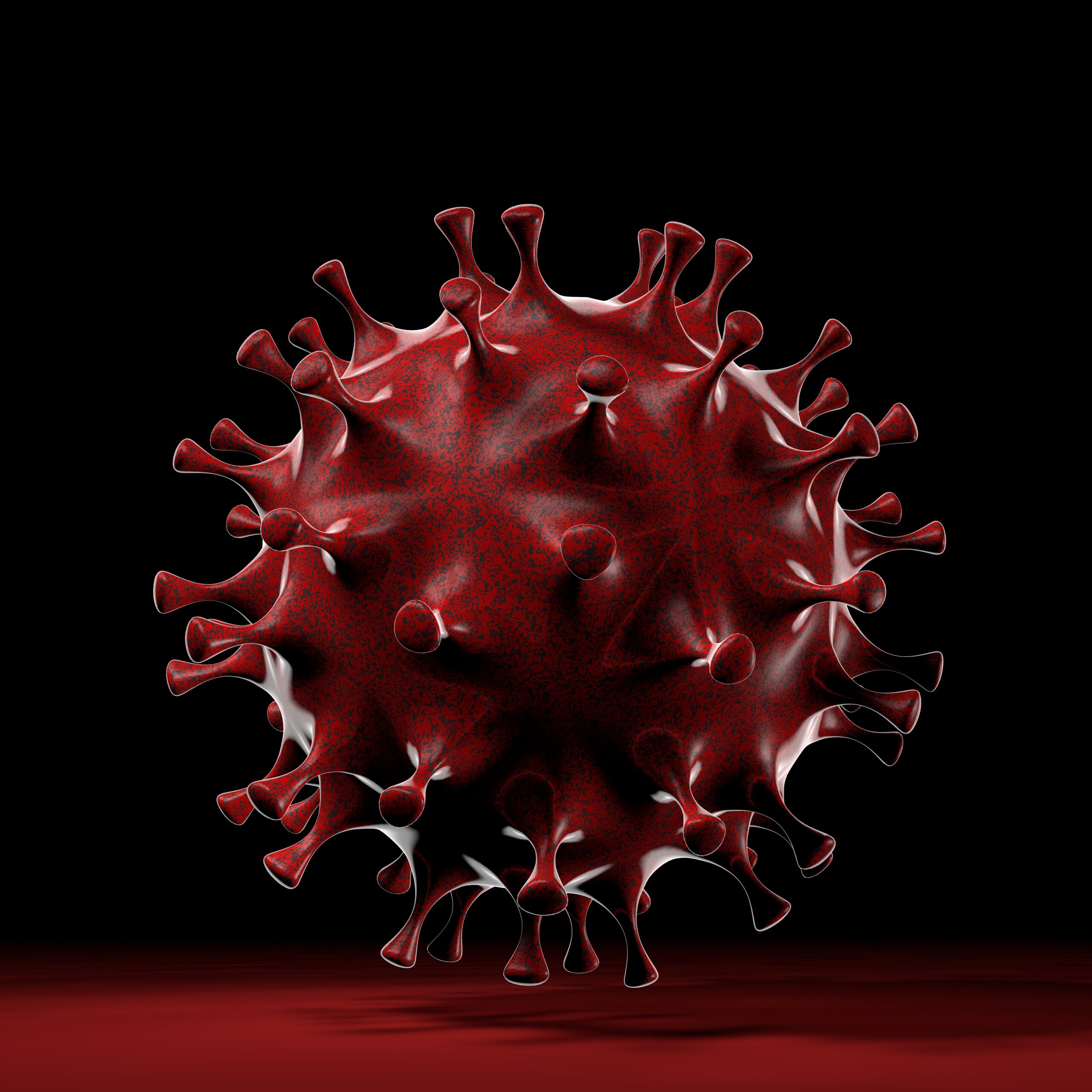Viruses are tiny infectious agents that can cause a wide range of diseases in humans and animals. They are not considered living organisms, as they cannot reproduce or carry out metabolic processes without the host cells they infect. Despite their small size and simple structure, viruses are incredibly diverse and have evolved a wide range of strategies for infecting host cells and evading the host’s immune system.
Viruses are classified based on their genetic material and method of replication. There are two main types of viruses: those with RNA genetic material and those with DNA genetic material. RNA viruses, such as influenza and coronaviruses, use an enzyme called reverse transcriptase to convert their RNA into DNA, which is then inserted into the host cell’s genome. DNA viruses, such as herpes and HPV, use enzymes called helicases and polymerases to replicate their DNA and create new viral particles.
The replication cycle of a virus begins when the viral particles attach to specific receptors on the surface of host cells. This process is called attachment or adsorption. Once the virus has attached, it is taken into the host cell by endocytosis. Inside the host cell, the viral genetic material takes control of the host cell’s machinery and begins to replicate. The new viral particles are then assembled and released from the host cell, typically by lysis (bursting) of the host cell.
Viruses can cause a wide range of diseases in humans and animals, from the common cold and influenza to more severe conditions such as HIV, hepatitis, and cancer. Some viruses, such as the human papillomavirus (HPV), can cause cancer of the cervix, while others, such as hepatitis B and C, can cause liver cancer. The severity of the disease caused by a virus can depend on a variety of factors, including the virus itself, the host’s immune response, and the overall health of the host.
Viral infections can be treated with a variety of medications, including antiviral drugs, which target specific stages of the viral replication cycle. For example, some antiviral drugs inhibit the attachment of the virus to host cells, while others inhibit the replication of the viral genetic material. Some antiviral drugs, such as acyclovir and valacyclovir, can be used to treat herpes simplex virus infections, while others, such as lamivudine and tenofovir, are used to treat hepatitis B and HIV infections.
In addition to antiviral drugs, vaccines can also be used to prevent viral infections. Vaccines work by training the host’s immune system to recognize and respond to specific viral antigens, which are typically proteins found on the surface of the virus. This process is called immunization. When the host encounters the virus later on, the immune system will be able to quickly recognize and respond to it, helping to prevent infection. Many viral infections, such as measles, mumps, and rubella, can be prevented by vaccines.
In recent years, the emergence of new viral infections, such as the SARS and MERS coronaviruses, has highlighted the importance of understanding and controlling viruses. Researchers are working to develop new antiviral drugs and vaccines to combat these and other emerging viral threats. Advances in genetic engineering and gene editing technologies, such as CRISPR, are also helping to speed up the development of new therapies and vaccines.
In conclusion, Viruses are tiny and simple infectious agents that can cause a wide range of diseases in humans and animals. They are not living organisms, but are capable of taking over host cells and use them for their own replication. The severity of the disease caused by a virus can depend on the virus, host’s immune response and overall health
